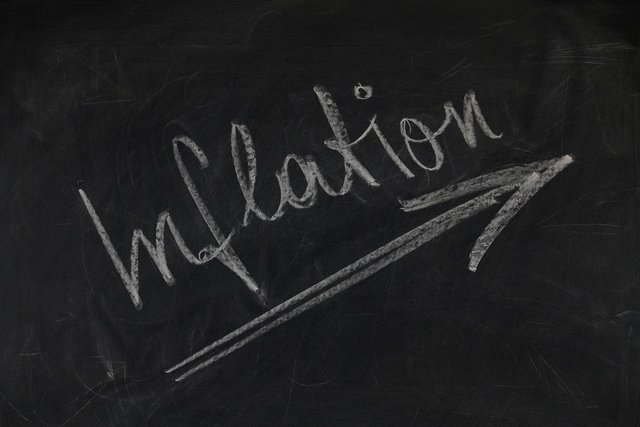Hello Project HOPE friends, good Sunday everyone. I think there is something that is talked about a lot, but the truth is that many times I feel that the macroeconomic data that they share with us is not real, or is very manipulated, or perhaps, they show it in a way that suits them.
Tla is the case of inflation, this is one of the most relevant data to evaluate the economic situation of a country, but it is also one of the most debated and, sometimes, manipulated (at least as I see it). In theory, inflation reflects the increase in the prices of goods and services over a given period. However, the reality is that this data, although true regarding current increases, often hides a truth that many of us experience in our daily lives: *the accumulated impact of inflation from previous years, especially the years 2021-2022 -2023.

During those years, we experienced a considerable increase in the prices of many essential products. From food to fuel, the cost of living rose dramatically in a short period of time. Although in the last year the pace of price growth has slowed, that does not mean that prices have fallen. They are simply not rising as fast anymore, which can give the false impression that inflation is under control or that prices are more stable. However, we continue to face prices that, in many cases, are well above what they were four or five years ago.
The accumulated inflation of those years has generated a price level that has left many people struggling to adapt. Salaries, in many cases, have not risen at the same rate as prices, which has reduced the purchasing power of a large part of the population. So when current inflation reports point to lower numbers, it may be true that prices are not rising as drastically as in 2021 or 2022, but this does not change the fact that we are still paying exorbitant prices compared to what we paid before that inflationary crisis.

This is the problem with focusing solely on monthly or annual inflation, ignoring the cumulative effect of previous years. While the current figure may seem moderate, the reality is that the cost of living is still high. In this sense, the current inflation rate does not fully reflect the impact it has had on our personal economies. It is important to keep in mind that, although prices do not rise as much this year, we continue to bear the consequences of years of drastic increases that have radically modified the economic outlook.
And I do not think I am wrong in this perception, because there is an example that I always share, when I arrived in Colombia in 2018, a liter of milk cost 1,500 pesos on average, which at the time was equivalent to about 0.6 dollars, just now the same A liter of milk is worth 6,000 Colombian pesos, which is equivalent to 1.5 dollars. I think the example is quite clear.


Your post has been rewarded by the Seven Team.
Support partner witnesses
We are the hope!
Downvoting a post can decrease pending rewards and make it less visible. Common reasons:
Submit